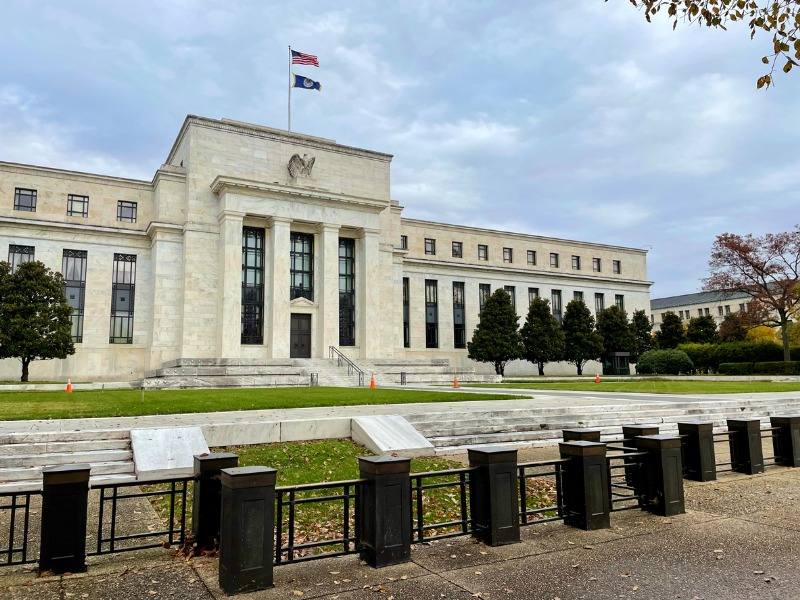
A likely pause in the U.S. Federal Reserve Board’s rate-hiking cycle may prove short-lived — or may not happen at all — unless the underlying data gives the green light, cautions BMO Economics.
The Fed altered its guidance last week, indicating that it may be set to take a break from hiking rates at its next meeting in mid-June.
It’s now up to the data to confirm that monetary policy is restrictive enough to curb inflation without tanking the economy. Yet the data released since the latest Fed decision last week suggests that “confirmation is not a shoo-in,” BMO said in a research note.
The latest U.S. payroll report showed solid gains in April, and the jobless rate dipped to its lowest level in 70 years, it noted.
“This mix of historic labour market tightness and still-sturdy job growth dims the prospects for noticeably slower wage growth,” the report said, adding that the latest data on wage growth was also strong for April.
Additionally, productivity dropped in the first quarter, and unit labour costs rose.
“These costs can sometimes move erratically, but with the current two-year change at 6.1% annualized and the yearly change in the four-quarter moving average at 6.4%, there appears to be a persistent trend at play here… one that historically corresponds well with future inflation,” it said.
“Based on this very limited data, a June pause appears a little less probable than it did on Wednesday, but there’s nearly six weeks of data to flow before the next Fed meeting,” BMO noted.